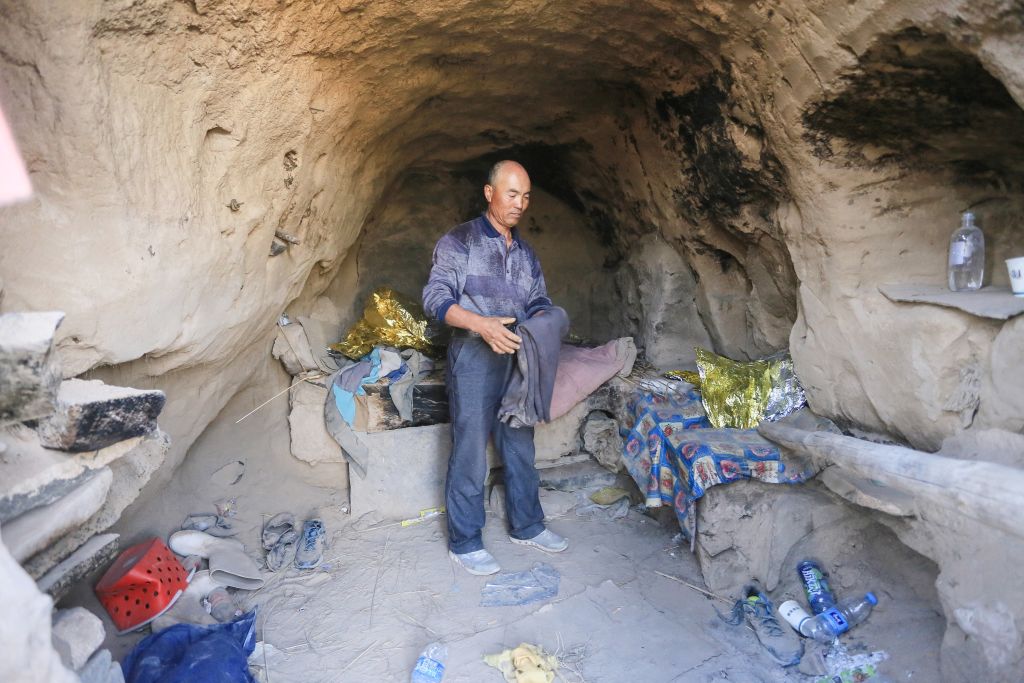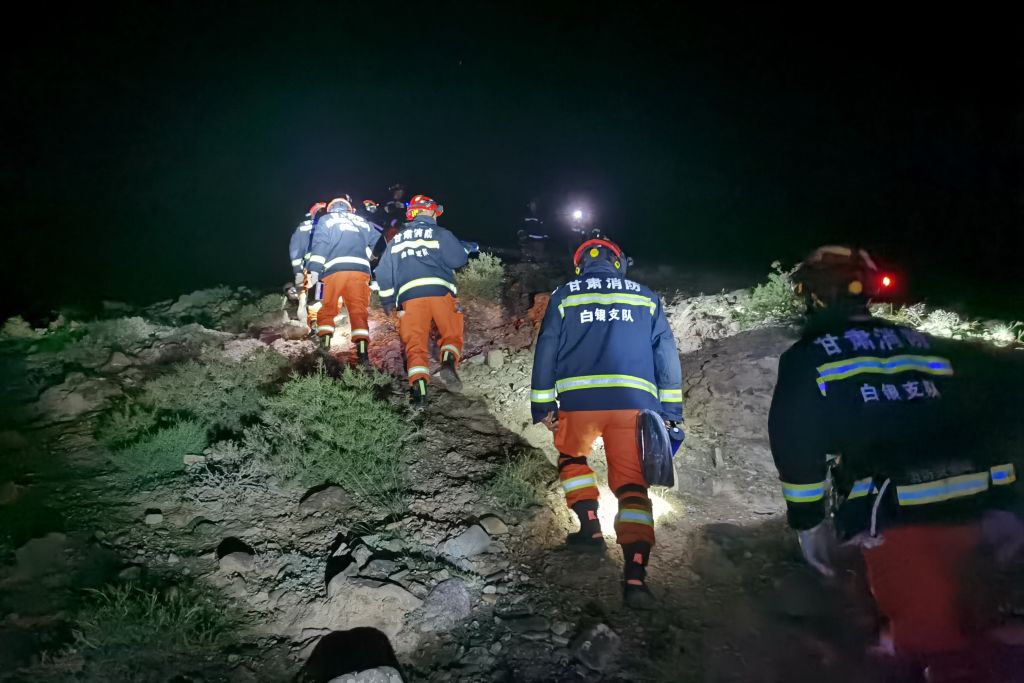In May of this year, an ultramarathon in northern China turned tragic, with 21 out of 172 runners perishing when bad weather struck the course. While ultramarathons have been known to be hazardous — a runner from the Czech Republic died in August while competing in one such race — the sheer number of lives lost in May horrified people around the world.
In the aftermath of the tragedy, a question has haunted many: how could one ultramarathon go so wrong? A new report from Wenxin Fan at The Wall Street Journal offers answers to that question, painting a harrowing picture of how a competitive race could be turned into a cataclysmic disaster.
The article cites findings from the Chinese government regarding its investigation of the event, which concluded that the company producing the race was unprepared for the weather in a number of ways, including providing insufficient equipment to the competitors and not having the appropriate number of first responders on hand.
Using interviews with surviving runners and satellite data, the article paints an unnerving picture of a race gone horribly wrong. Runners came down with hypothermia as they ran through freezing rain, and some employees working on the event tried without success to convince their superiors to put a stop to it. Some disasters have one root cause; others find a host of factors converging into something genuinely awful. In the case of this ultramarathon, tragedy arrived via the latter route — turning one endurance contest into what Fan called “one of the deadliest sites in modern sports history.”
Whether you’re looking to get into shape, or just get out of a funk, The Charge has got you covered. Sign up for our new wellness newsletter today.

















